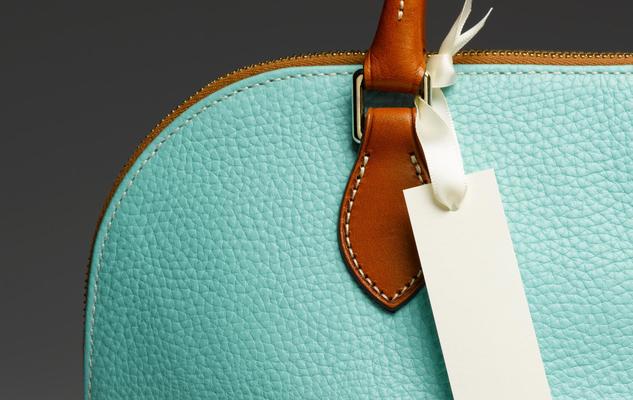Why are luxury brands still destroying their unsold?
It's early October and a video released on Tiktok sets fire to the powder. Anna Sacks, a New York activist made famous on the networks for her excavations of corporate trash (under the pseudonym of thetrashwalker), reveals that she discovered a dozen new handbags from the American coach brand, all cut and destroyed with scissors. The influencer denounces a common practice in the textile industry. And recalls that at a time when the clothing sector is part of a more responsible approach, the destruction of unsold clothing and accessories is not going well.
As a result, views have gone away: more than three million since the video was published and an avalanche of angry comments. The luxury brand has tried to contain the negative reactions to these allegations, claiming that the video of the tiktoke was misleading and inaccurate. Joon Silverstein, manager of digital and sustainable development at coach, told wwd magazine that the number of products destroyed represented less than 1% of global sales of the claw. Which, moreover, has committed itself not to destroy any more unsold goods.
In video, the 12-digit fashion industry
No sales
If practice is shocking, it is surprising too. Many expected it to be buried since the adoption of the anti-waste law in 2019 (its implementation will be effective on January 1, 2022), which prohibits the destruction of unsold textiles in France. But in the United States, it remains legal (and often cheaper than alternative solutions: storage, recycling, etc.). There remains a European-wide harmonisation that should follow. The controversial episode was "a real awareness in the luxury industry," says Serge Carreira, head of emerging brands at the Fédération de la Haute Couture and lecturer at Sciences-Po Paris. In 2018, the British brand came under criticism after it announced in its annual report that it had destroyed new clothing and cosmetics worth £28 million (€31 million) to "protect its brand".
The case brought to light a widespread practice in the luxury industry. It is then common to burn, throw away or bury unsold stocks (the consequence of overstock and programmed obsolescence of products). In the sector, exclusive products are sold in an exclusive distribution network. Many therefore refuse the outlet circuit, favoured by the ready-to-wear claws.
Sense of urgency

But then how do we sell these products? Or just give them a second life? For Serge Carreira, the brands are working on "refining inventory management". "in luxury, it's better to have a product out of stock," he explains. This does not mean that they sell less: today, to limit the unsold, they produce more collections but fewer pieces, and rely on a sense of urgency and exclusivity to ensure a quick descent of products. So we have seen the bloom (and spread) of the "drops", these surprise collections published in extremely limited quantities all the way from the methods of selling streetwear.
The new face of luxury is also to offer something new with old. Some brands dare to "upcycling" by drawing on existing raw materials or clothing stocks: they either transform the part, or they bring it back to life by changing a few small details (buttons, a cove, a cut, etc.). And insist on the exclusive character of the pieces to legitimize their high-end status. In this turn of the circular economy, encouraged by the law of 10 February on the fight against waste, they also rely on the development of "regenerated materials" (from agriculture that reduces the use of agrochemistry, improves soil water retention or even increases carbon sequestration) in order to encourage the recycling of products.? The LVMH and kering groups have thus begun to invest in innovation to move in this direction. Finally, to encourage removal from storage, houses which do not sell, always resort to very private sales organized for the staff, where they sell their unsold goods at attractive prices (in the range of 50% to 80% of the initial price).








